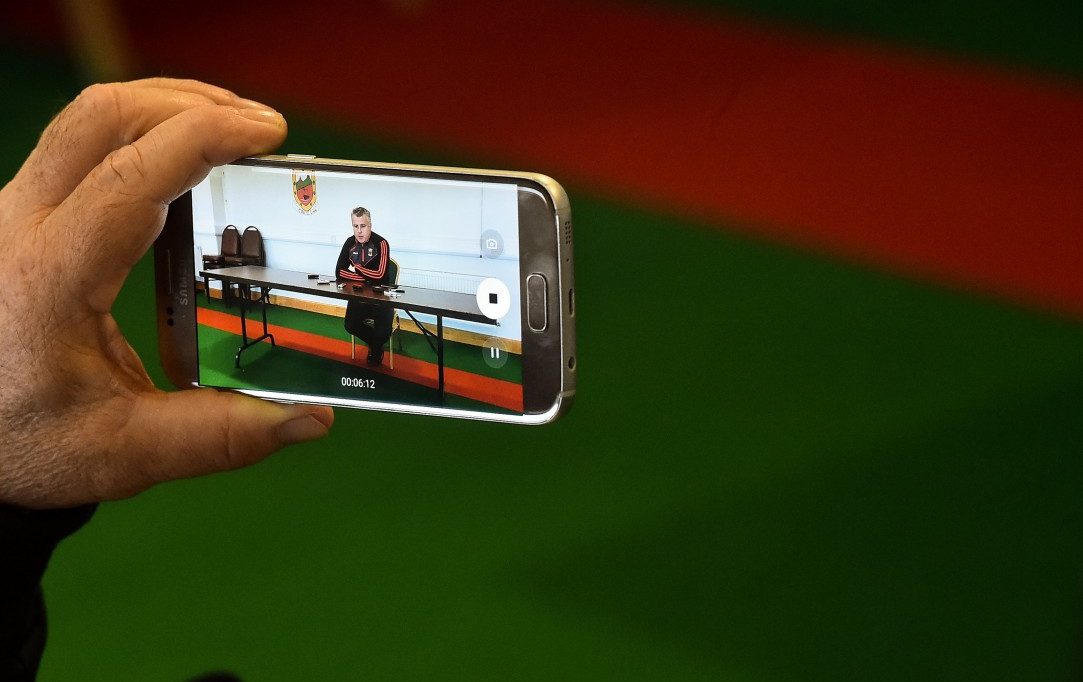IN the past, the primary way for GAA clubs to communicate with their members was through club notes published in the local paper or the parish bulletin every week. Results of games were often communicated through word of mouth or Aertel.
However, the internet – and more recently social media – has hugely changed how people communicate and receive information. While there is still an important role for the club notes in newspapers, people are now used to consuming their news differently. So, what do clubs need to know, what are the pitfalls and how can they use social media more effectively?
Perhaps the best place to start for any club or club PRO is with the GAA’s Official ‘Social Media Policy and Guidelines’, a resource available on the GAA website. The policy applies to all clubs, county boards and provinces, to all officials and to all members.
It fundamentally outlines the practical steps for setting up social media accounts and gives a breakdown of the uses for each of the channels.
The vast majority of GAA Clubs now have a social media presence, with Facebook and Twitter by far the most popular platforms. Instagram is also growing with more and more clubs opting to share their ‘story’ via the picture sharing platform.
Social media offers clubs a chance to tell their story. Posts shared should be relevant to members and the club, it should be updated on a regular basis and most importantly, should be based on the values of the club.
Facebook is the largest and most popular social media platform with more than two billion active monthly users.
It allows you to post more detailed and informative posts to members, and share pictures, videos and links to websites.
Twitter is particularly useful for more frequent updates, particularly around match days and live events, with updates very useful for keeping a club’s following up to date with scores from a game in real-time. Like Facebook, you can also share pictures, videos and website links.
Instagram allows for non-time sensitive posts and stories to be shared. It’s best utilised as a picture and video sharing platform. The demographic using Instagram is much younger and it has a higher proportion of females using it, and can allow a club to engage with a wider part of their membership who may not use Facebook or Twitter.
Social Media Tips
Make sure your profile is branded and instantly identifiable as your club
The most potent and recognisable symbol from any club is the club crest. It will be on club jerseys, merchandise and signage. Ensure consistent branding by setting a high-quality image of your club crest as your profile picture and your account name as the club name.
Familiarise yourself with the GAA Social Media Policy
It is important that those controlling any club’s social media accounts realise that they are subject to this policy. It is noted in the policy: “The inappropriate use of social media by either an official or a member will be treated with the utmost gravity by the GAA and may result in disciplinary action.” Club officials may feel that a referee has had a poor game, but it’s best not to let the world know through the official club account! Be sensible and responsible when posting online from your club’s social media account, as it is the official platform and a representation of your club to the wider world.
Limit who has access to the account
By controlling who has access to the account it allows for posts to be co-ordinated, you can ensure that there is a consistent voice from the account and helps limit those with access going on a ‘solo run’.
Make use of images
Images have more shares and engagement than any other form of post on Facebook and Twitter. Instagram has the most engagements of any other social media channel. This is a testament to the power of images in engaging an audience and telling a story.
When taking pictures make sure that the photo is well lit (sun or light on your shoulder) and that the image is framed (there are no distractions in the background).
To view the GAA’s Social Media Policy see the link on this page – http://ulster.gaa.ie/safeguarding/resources/.
Receive quality journalism wherever you are, on any device. Keep up to date from the comfort of your own home with a digital subscription.
Any time | Any place | Anywhere












